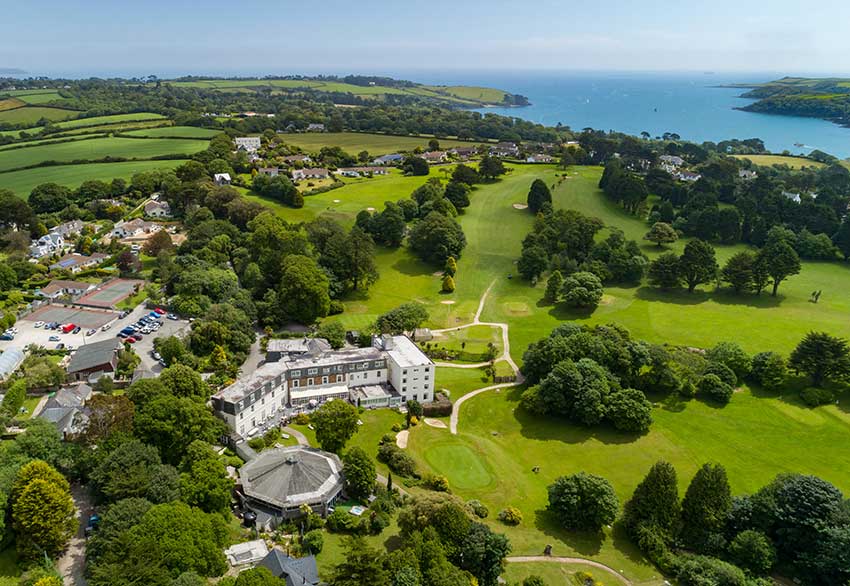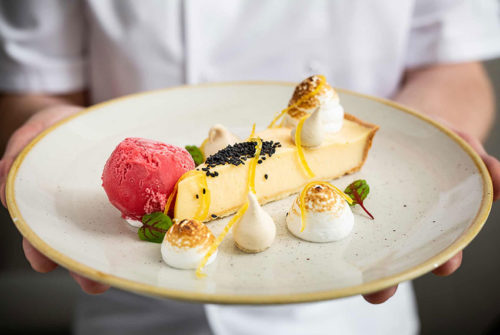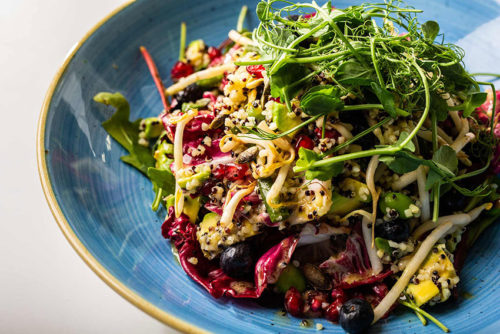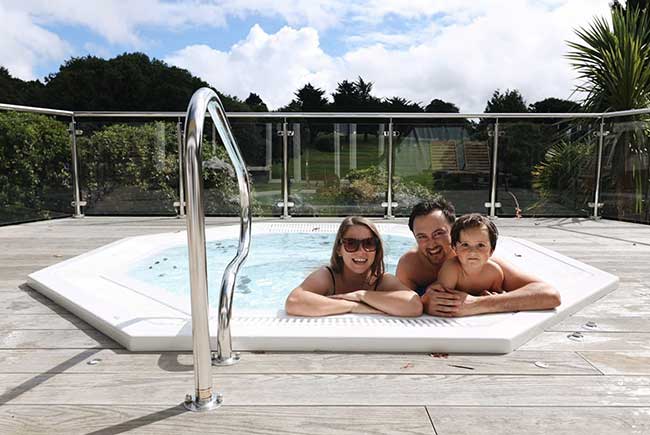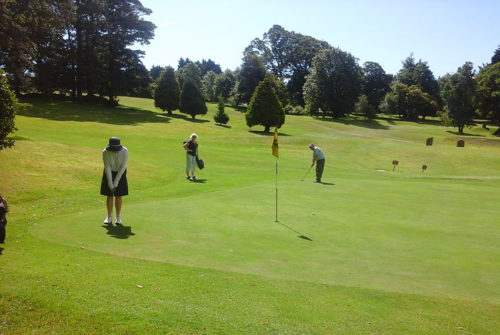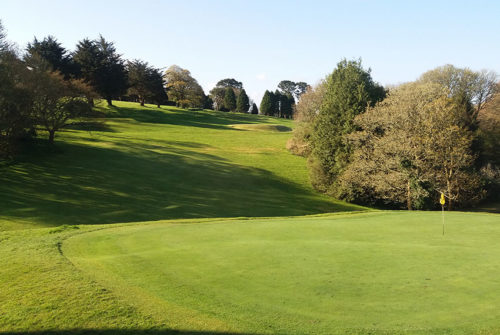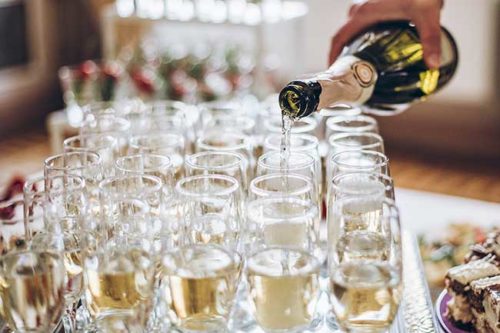News from Budock Vean
Going Wild – Join us this spring for a wildlife adventure!
This month our feature writer Elizabeth Dale looks at all the wonderful sights and sounds served up by the local wildlife here in Cornwall.
It is safe to say that Cornwall is quietly building itself a reputation as a top destination for wildlife and its watchers. Year on year sightings of incredible creatures seem to be becoming more frequent and guests to the Budock Vean Hotel are in the perfect position to discover more.
In January 2023 a 36ft long humpback whale surprised fishermen by surfacing beside their boat in St Ives Bay and then for the next few days delightful glimpses of this amazing creature were recorded all along the coast. These magnificent gentle giants have become regular visitors to Falmouth Bay too, they were spotted here in 2021 and 2022. Basking sharks are now common in the summer months, there is a boisterous resident population of dolphins and the Cornish coast is also home to some of the largest colonies of the rare Atlantic Grey seal in the world. We even had a brief visit from Wally the Walrus! All in All things nature in Cornwall is becoming something of a spectacle!
This incredible diversity is in part due to the amazing work of local environmentally focused organisations such as ‘Surfers Against Sewage’, the ‘2 Minute Beach Clean Foundation’ and ‘Final Straw’ the Cornish grassroots, plastic-free movement, as well as the dedication of the numerous wildlife sanctuaries across the Duchy.
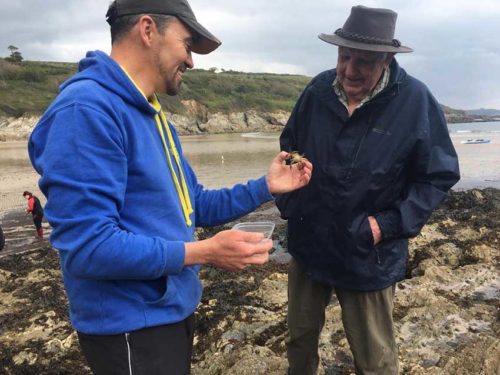
From owls to donkeys and monkeys to hedgehogs there really are some amazing charities to discover; and while these sanctuaries are vitally important hubs for education, conservation and rehabilitation, they are also great fun to visit and the delightful residents are bound to steal your heart.
One of the most popular destinations in Cornwall, especially for those enjoying our Spring Wildlife Break, is the Cornish Seal Sanctuary at Gweek. The experts here are dedicated to rehabilitation of seals and other marine animals and the sanctuary has been an important part of the Cornish community for generations.
As well as their resident animals, which includes individuals unable to return to the wild, each year they rescue dozens of abandoned pups and injured seals from around the Cornish coast. Visitors can marvel at the graceful agility of the seals from the underwater viewing areas, enjoy the antics of the enormous sea lions and maybe even join in with feeding the penguins!
Support from local people and these stalwart organisations has also meant that some other equally endearing creatures are finding a foothold here after centuries of absence. For example most people in Cornwall have been utterly delighted to see the success that their national bird, the Cornish chough, has enjoyed since its return to the clifftops in 2001. But there is another more surprising creature making a comeback here too . . . the beaver!
It might surprise you to learn that the beaver was once a native species in Cornwall. Proof of this was discovered in the 1960s during an archaeological dig at the spectacular Rumps cliff castle. A number of 2000 year old beaver bones were uncovered, evidence that these semi-aquatic mammals were once a common sight here in the south west. Sadly however by the 1500s they had been hunted into extinction in the UK for their meat and fur. But thankfully that was not the end of the story!
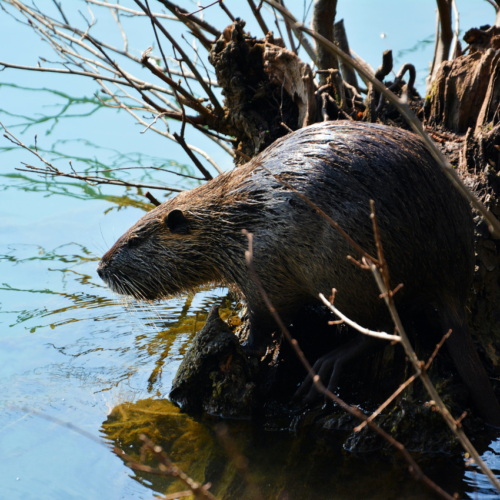
After successful re-introduction programmes elsewhere in Europe, Cornwall Wildlife Trust decided to get involved. In 2017 the Trust, with support from a local farmer, embarked on their Cornwall Beaver Project, releasing one male and one female beaver at a hidden location in deepest, darkest Cornwall.
These industrious beavers began dam building after just two nights and since then the project has gone from strength to strength and the farm has become a pioneering research centre proving the benefits of these wonderful animals to ecology, water-management and the bio-diversity of the countryside. The Cornwall Beaver Project is also part of our Spring Wildlife Break at Budock Vean, where visitors can see the beaver dams and wait quietly in this idyllic spot to try and catch a glimpse of the animals as they emerge into the ponds.
Another hidden idyll can be found right on Budock Vean’s doorstep, the Helford River. This stunning tidal estuary reaches more than five miles into some of Cornwall’s most beautiful and least visited countryside. This is the territory of smugglers, pirates and sea monsters!
The only way to truly explore the twists and turns of each of the Helford’s seven tidal creeks is on a boat trip, which those staying with us for the Spring Wildlife Break can also enjoy. The tales of smuggling and piracy are not just the stuff of myth and 19th century novels, these legends are based on actual historic events, pirates really did ply these waters, contraband goods were really landed on the sheltered beaches, hidden in the houses and squirreled away in caves. From the water you can spot the houses of the rich and famous but you can also glide into Frenchman’s Creek, the inspiration for Daphne du Maurier’s famous book, and pass thick ancient woodland that hides the remains of Iron Age settlements, Roman camps and Civil War defences. The Helford is a place where imagination and reality mingle with the turning of each tide.
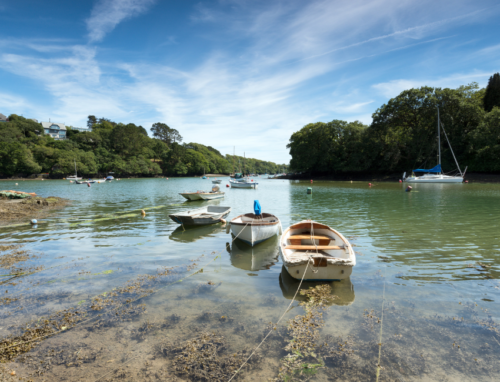
Another treasure local to Budock Vean is Castle Beach, this stretch of white, shell scattered sand in the shadow of the iconic Pendennis Castle is very popular with swimmers and snorkelers but is also a favourite with rock-poolers! This gentle sea-side activity is loved by young and old and once you have discovered your first starfish it’s not hard to understand why.
It’s not just the sound of the sea and the smell of the salt air, it’s discovering a whole hidden world in those little tidal pools. And castle beach has some of the best rock-pooling opportunities in Cornwall, the critters you may find waiting in the glassy water include anemones, crabs, shrimp, pipe fish and rock goby. On the Wildlife break you’ll get up close and personal with the rockpools and, with an expert guide and a bucket, who knows what you might discover.
So why not indulge your passion for nature? Whether you choose to visit one of Cornwall’s amazing tropical gardens, bursting with species from across the globe, or go chough spotting to see our charismatic national bird, or simply take a ferry across Falmouth Bay to see if today is one of the days the dolphins decide to come and play, nature is all around you here in Cornwall! And we are proud to say it is thriving!

